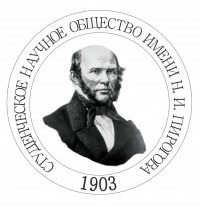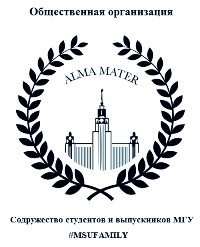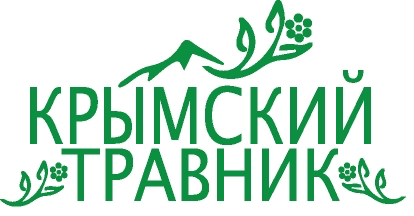МОЛОДЁЖНЫЙ ПРОЕКТ ДЛЯ ТЕХ, КТО ДЕЛАЕТ ПЕРВЫЕ ШАГИ В НАУКЕ
/components/bitrix/system.auth.form/auth_alm/images/login.gif) Войти
Войти /components/bitrix/system.auth.form/auth_alm/images/register.gif) Регистрация
Регистрация
Войти в корпоративную почту как автор/член редколлегии/рецензент журнала




К геохимии цезия: источник цезия в термальных водах и кислых вулканитах
Арсанова Г.И.
К геохимии цезия: источник цезия в термальных водах и кислых вулканитах
Арсанова Галина Ивановна, кандидат геолого-минералогических наук, старший научный сотрудник, Институт вулканологии и сейсмологии ДВО РАН
E-mail: agi888@list.ru
Высокое содержание цезия в термальных водах и стеклах кислых вулканитов автор трактует как признак присутствия в их составе глубинного мантийного флюида. Явления кислого вулканизма и гидротермальный процесс связаны как последовательные события, обусловленные единой причиной: внедрением и длительным поступлением в вулканический очаг мантийного флюида.
Ключевые слова: цезий, рубидий, литий, редкие щелочи, термальные воды, гидротермы, флюид, кислый вулканизм, геохимия цезия, гидротермальный процесс, горячие рассолы.
Arsanova G.I. To the Cesium Geochemistry: Cesium Source in the Thermal Waters and Acidic Volcanics
Galina I. Arsanova, Sc.D. (Geology and Mineralogy), Senior Researcher, Institute of Volcanology and Seismology, Far Eastern Branch of Russian Academy of Sciences
E-mail: agi888@list.ru
Cesium is the element of the future. Cesium and cesium compounds have a number of interesting uses and applications. They are used they are used in unique areas of medicine, optics, electronics, chemical synthesis, nuclear energy and space ion engines.
However, data on world production and consumption of cesium are not published last twenty years. Meanwhile, global demand for cesium is much higher that the mining industry could provide (8-10 t/year), and the world's resources are only 180 tons (in Cs2O). Hence the interest to cesium, its sources and as a consequence to its geochemistry is very high.
The object of my research is the geochemistry of cesium of its two sources, namely, thermal waters and felsic volcanic rocks.
In my geochemical study, I was guided by two methodological principles: (i) In the study of thermal water geochemistry I took into account not only the content of elements per ml of water. I also have analyzed the changes in their concentrations in relation to mineral substance. (ii) To understand the patterns of migration and concentration of cesium, I calculated and analyzed relations between elements of the same group. Analysis of their similarities and differences in behavior makes it possible to better understand the processes that lead to their observed distribution. In this study, I compared the concentrations of all rare alkali elements among themselves in the form of a nominal relationship Li:Rb:Cs, in which I took Li as 100.
The obtained results allow me to interpret high levels of cesium in the thermal waters and felsic volcanic glasses as an indication of the presence of a deep mantle fluid in their composition. Phenomena of acidic volcanism and hydrothermal process are connected as sequential events caused by a single cause. This reason, I believe, is penetration of mantle fluid in volcanic hearth and its prolonged inflow thither.
Keywords: cesium, rubidium, lithium, rare alkali, thermal water, hydrotherms, fluid, acidic volcanism, geochemistry of cesium, hydrothermal process, hot brines.












